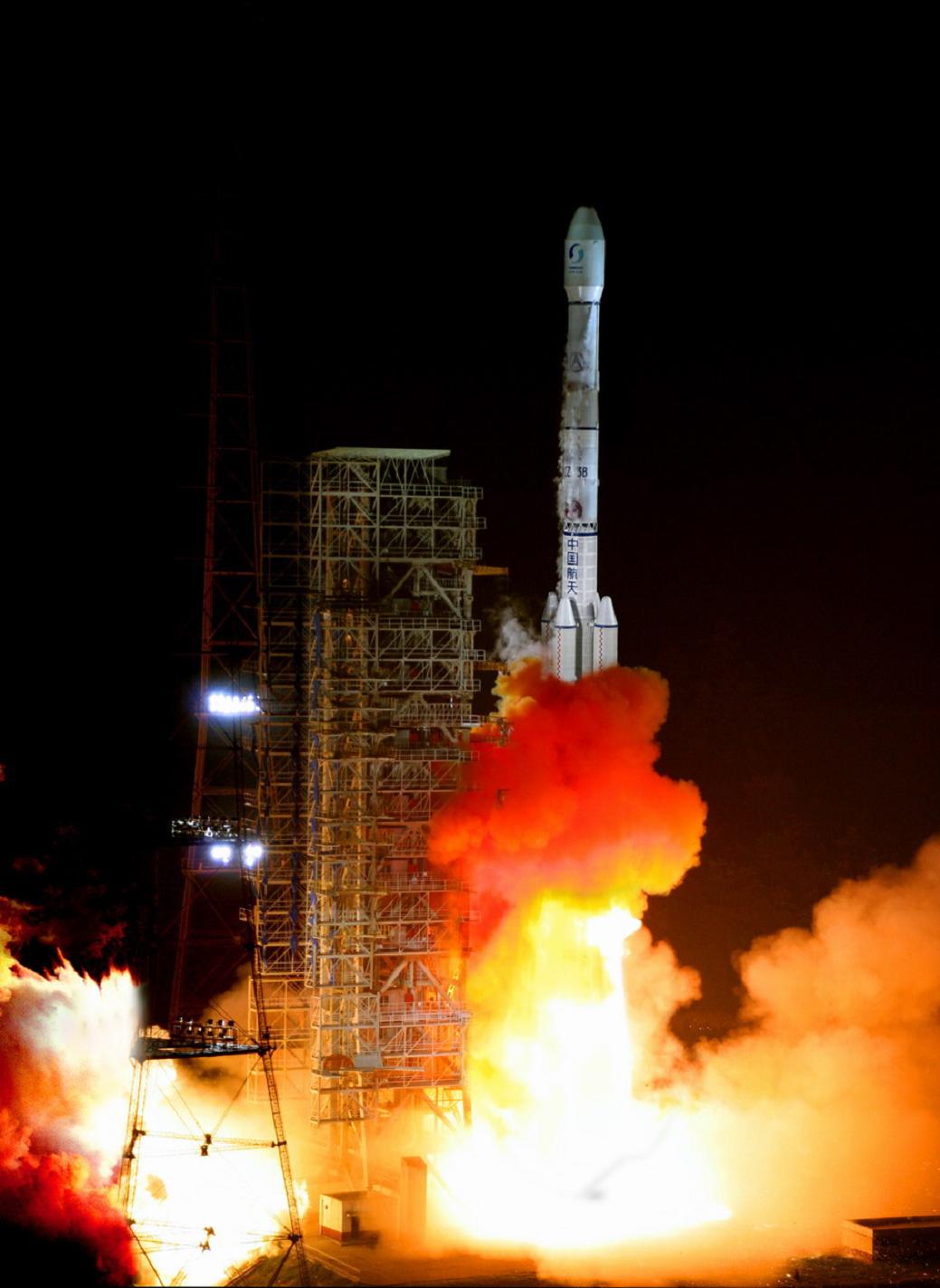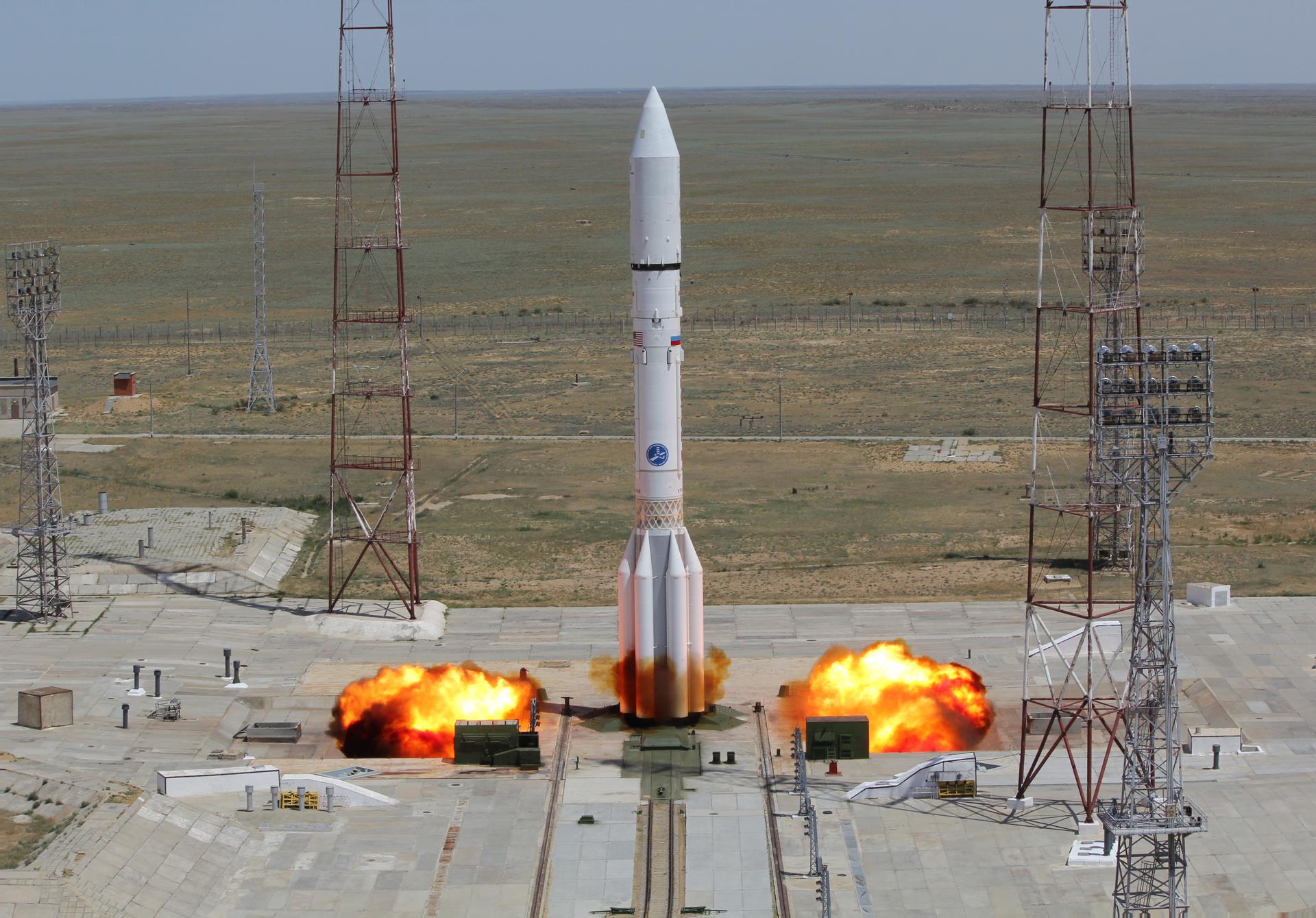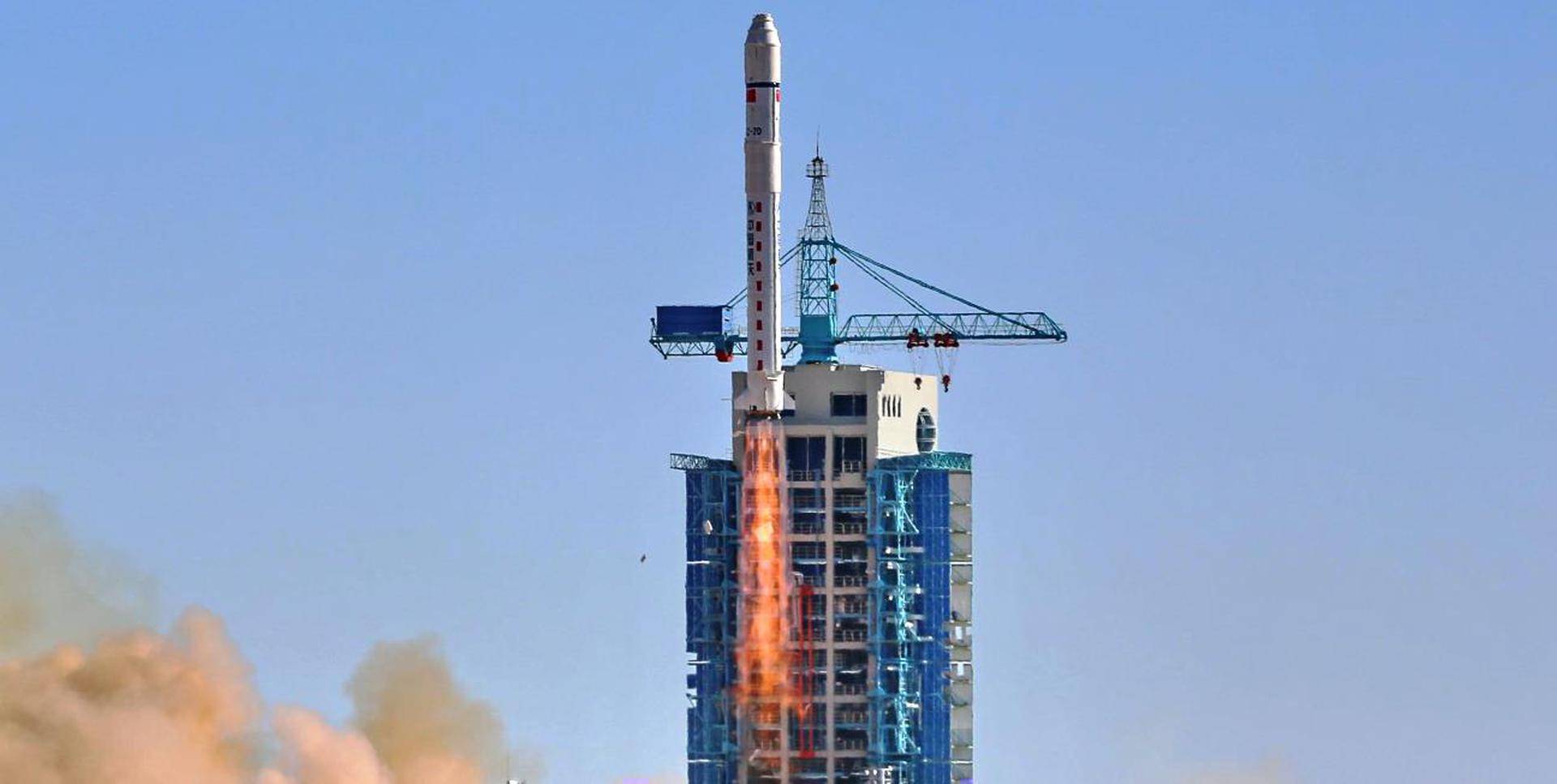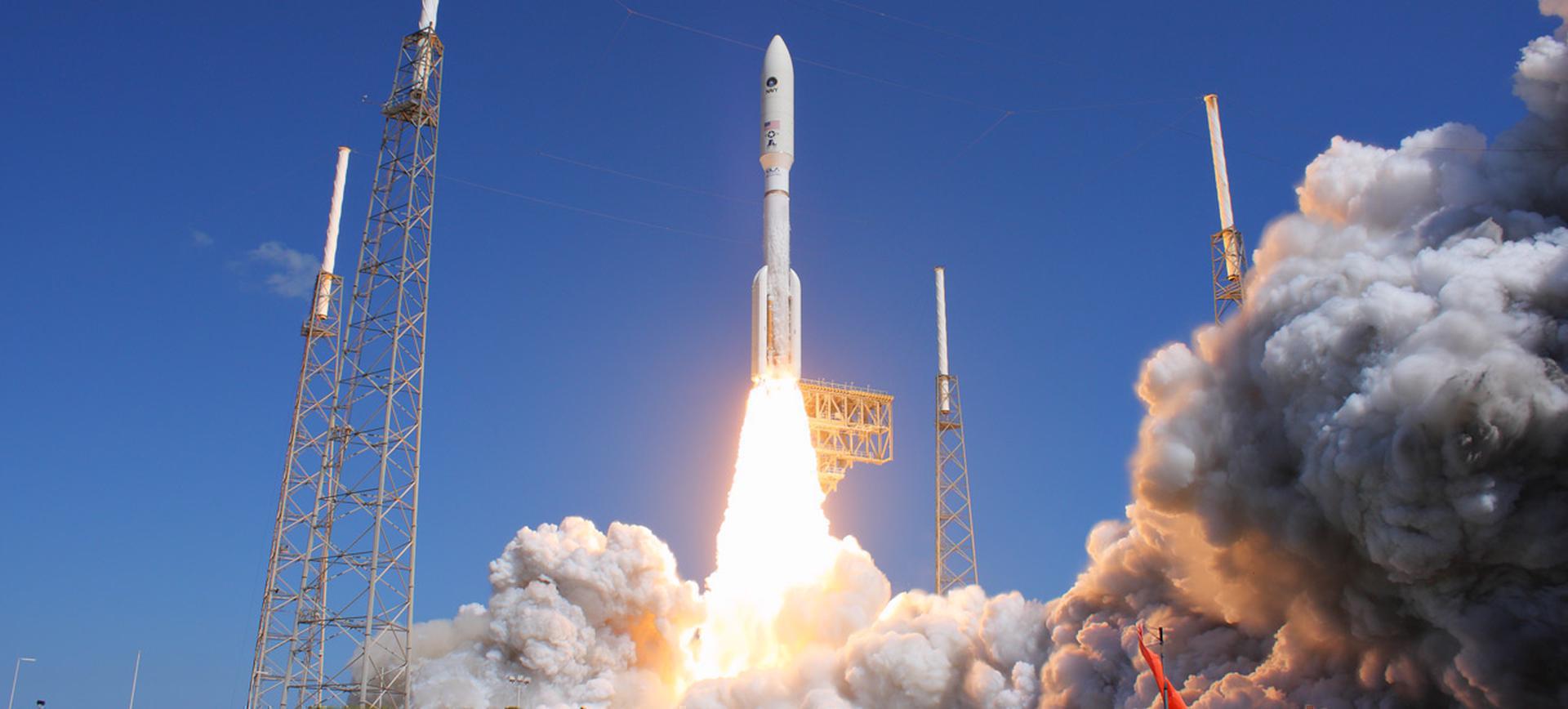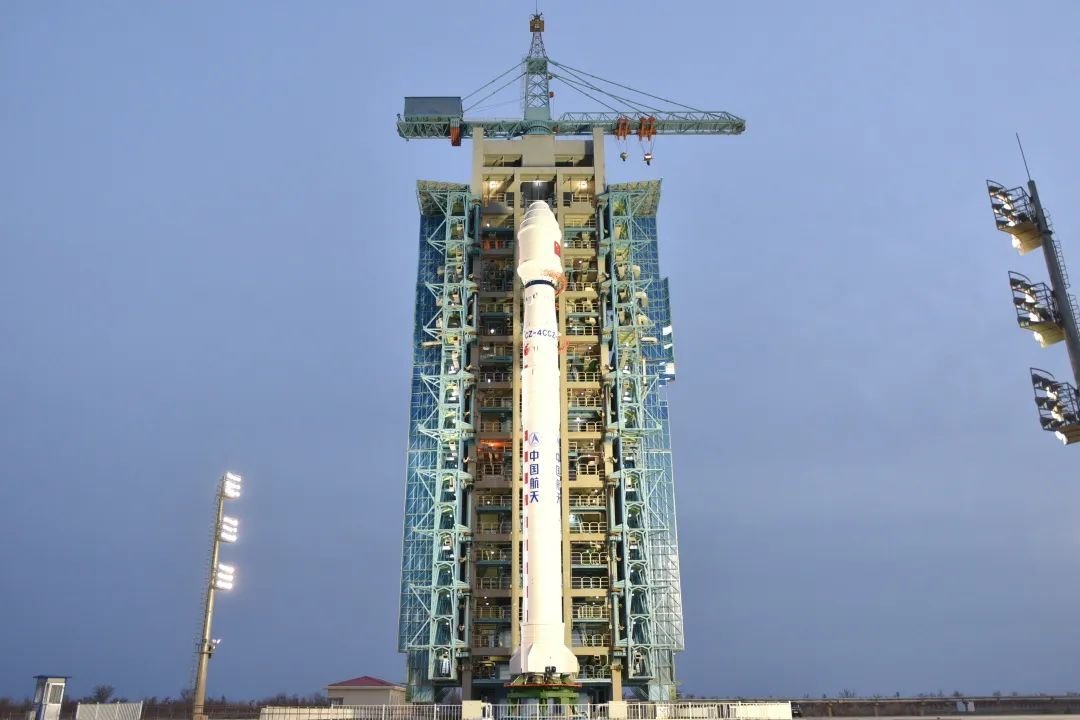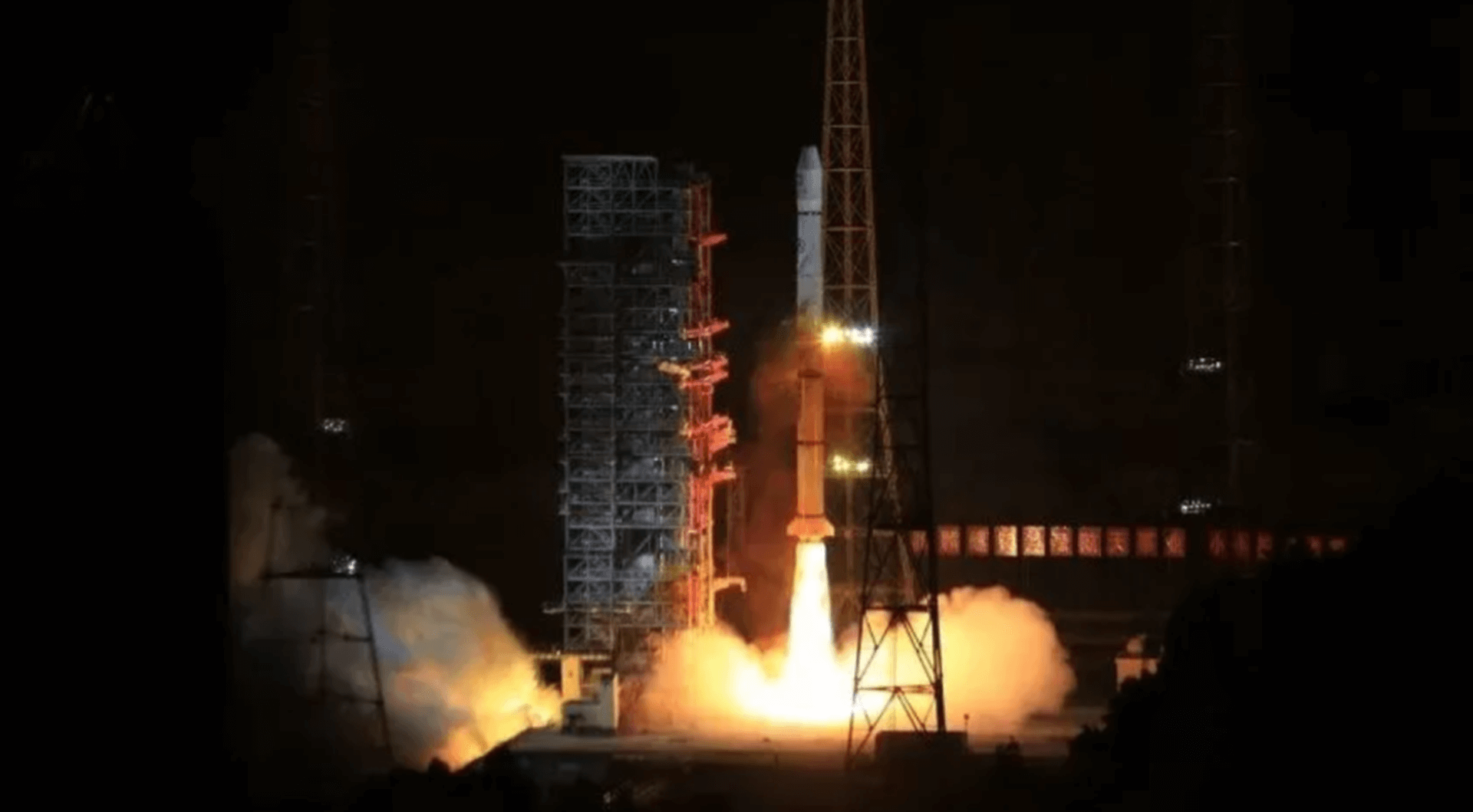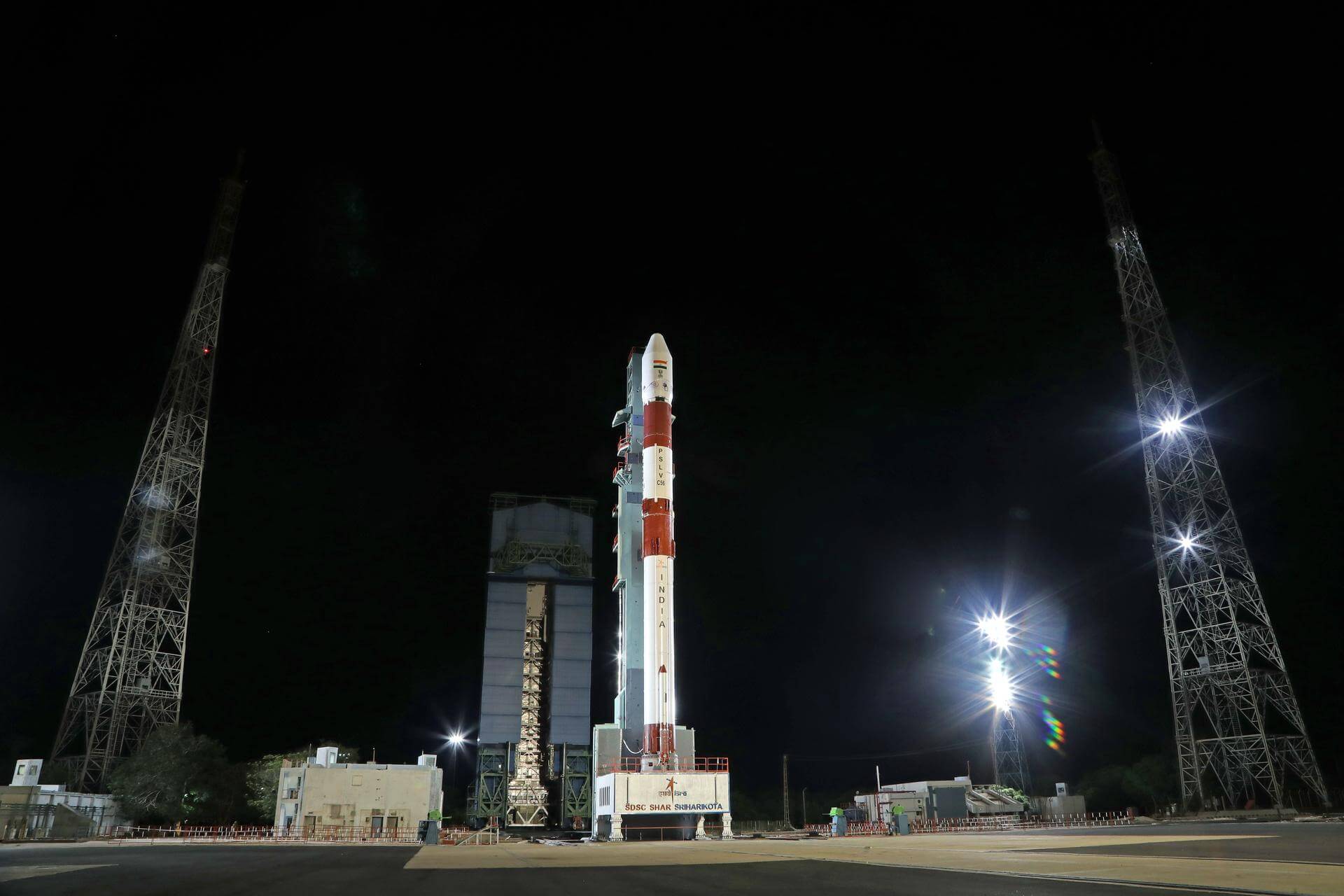Previous Spaceflight Launches
Filter by Agency, Locations or Vehicles
Show All LaunchesLong March 3B | Chinasat-6A
China Aerospace Science and Technology Corporation | ChinaXichang Satellite Launch Center, People's Republic of China
Sept. 4, 2010, 4:14 p.m.
Proton-M/DM-2 Enhanced | 3 x Glonass-M (Kosmos 2464, Kosmos 2465, Kosmos 2466)
Khrunichev State Research and Production Space Center | RussiaBaikonur Cosmodrome, Republic of Kazakhstan
Sept. 2, 2010, 12:53 a.m.
Status: Launch Successful
Mission:
Glonass-M, also known as Uragan-M, are the second generation of Uragan satellite design used for GLONASS satellite navigation system. GLONASS is a Russian space-based navigation system comparable to the similar GPS and Galileo systems. This generation improves on accuracy, power consumption and design life. Each satellite weighs 1415 kg, is equipped with 12 L-band antennas, and has an operational lifetime of 7 years.
Medium Earth OrbitLong March 2D | TianHui-1
China Aerospace Science and Technology Corporation | ChinaJiuquan Satellite Launch Center, People's Republic of China
Aug. 24, 2010, 7:10 a.m.
Atlas V 531 | AEHF-1 (USA-214)
United Launch Alliance | United States of AmericaCape Canaveral SFS, FL, USA
Aug. 14, 2010, 11:07 a.m.
Long March 4C | Yaogan-10
China Aerospace Science and Technology Corporation | ChinaTaiyuan Satellite Launch Center, People's Republic of China
Aug. 9, 2010, 10:49 p.m.
Ariane 5 ECA | RASCOM-QAF1R & NILESAT 201
ArianeGroup | FranceGuiana Space Centre, French Guiana
Aug. 4, 2010, 8:59 p.m.
Status: Launch Successful
Mission:
RASCOM-QAF 1R is a replacement for RASCOM-QAF 1 which suffered a leak and as a result only had a lifespan of 2 years. Providing Africa with telecommunications, covering the whole continent. Nilesat 201 is an Egyptian communications satellite which serves North Africa and the Middle East with Direct to Home TV and radio broadcasting. It operated at 7 degrees West.
Geostationary Transfer OrbitLong March 3A | Compass-IGSO-1 ( BEIDOU-2 IGS-1)
China Aerospace Science and Technology Corporation | ChinaXichang Satellite Launch Center, People's Republic of China
July 31, 2010, 9:30 p.m.
PSLV-CA | Cartosat-2B, AlSat-2A, StudSat, AISSat-1, TIsat-1
Indian Space Research Organization | IndiaSatish Dhawan Space Centre, India
July 12, 2010, 3:52 a.m.
Status: Launch Successful
Mission:
Cartosat-2B is fourth of Cartosat series of Earth observation satellites to be deployed in sun-synchronous orbit. Its main purpose is to collect high resolution imagery for cartography purposes. Cartosat-2B was launched along with several small satellites for Algeria, Canada and Switzerland.
Sun-Synchronous OrbitProton-M / Briz-M Enhanced | EchoStar XV
Khrunichev State Research and Production Space Center | RussiaBaikonur Cosmodrome, Republic of Kazakhstan
July 10, 2010, 6:40 p.m.
Soyuz-U | Progress M-06M (38P)
Russian Federal Space Agency (ROSCOSMOS) | RussiaBaikonur Cosmodrome, Republic of Kazakhstan
June 30, 2010, 3:35 p.m.
